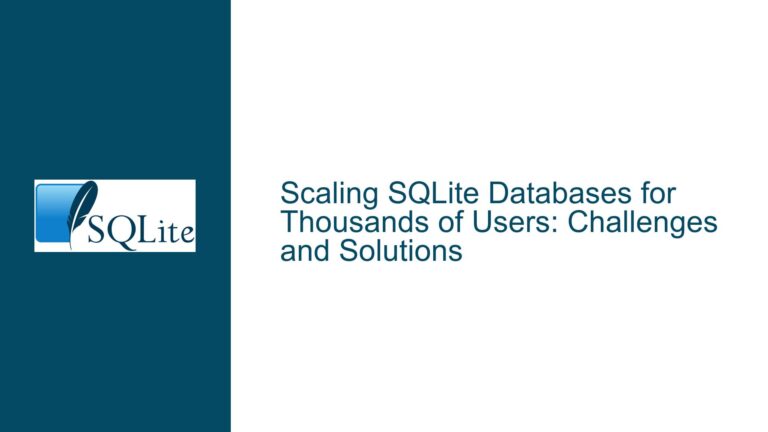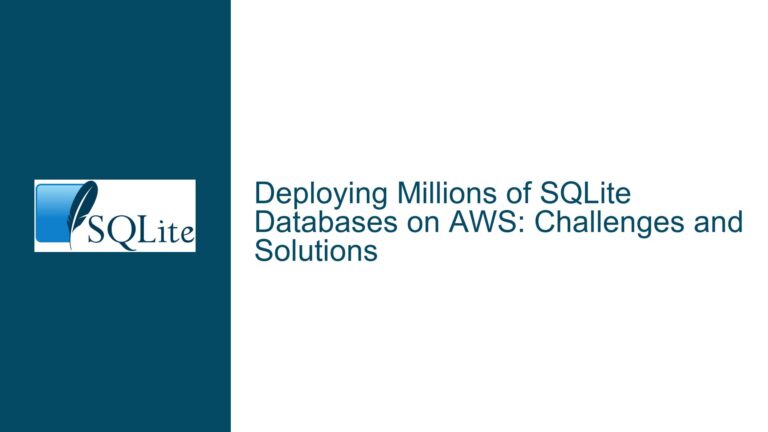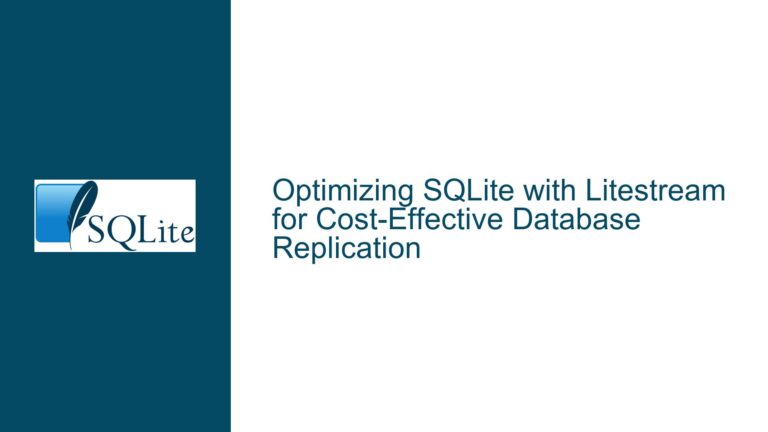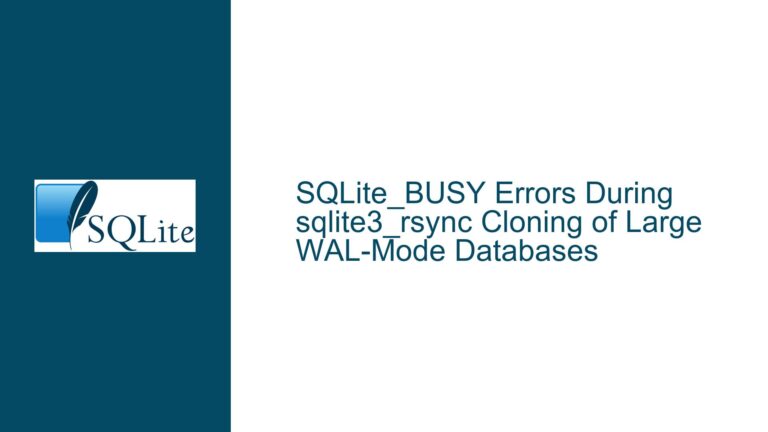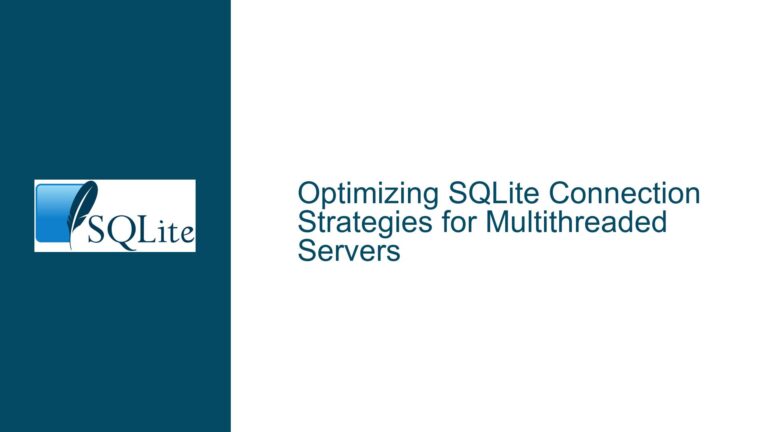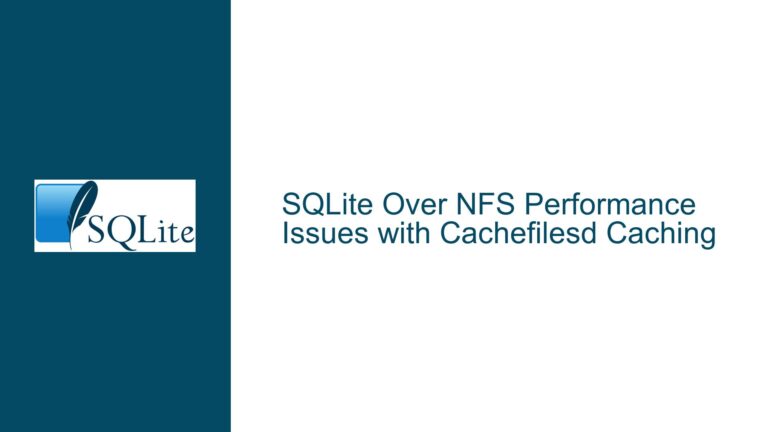Scaling SQLite Databases for Thousands of Users: Challenges and Solutions
SQLite Database Per User in a Social Network Context In the context of a social network application, the idea of assigning each user their own SQLite database is an intriguing approach. This design choice is driven by the need to isolate user data, simplify data management, and potentially improve performance by reducing contention. Each user’s…
